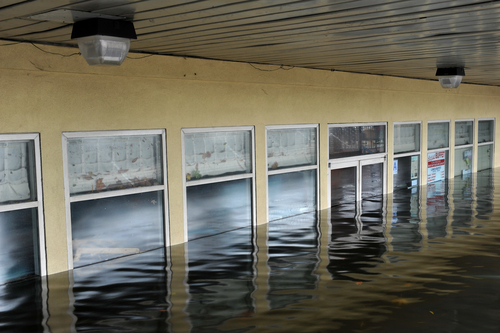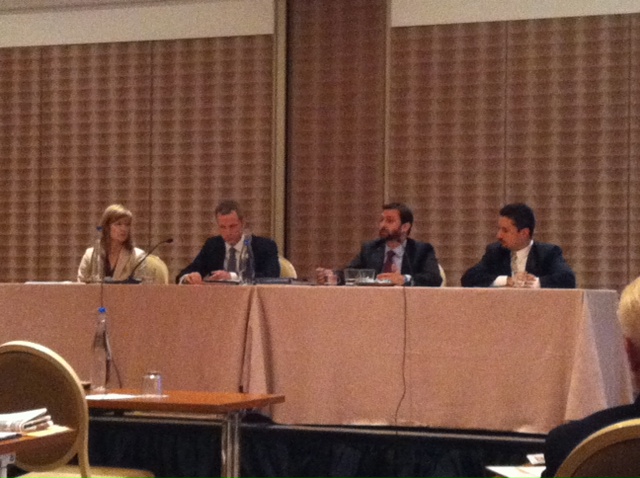A building in Sheepshead Bay, Brooklyn, is flooded from Hurricane Sandy.
When the five-year extension of the National Flood Insurance Program (NFIP) was signed by President Obama in July 2012, the debate over whether the federal government had a vital role in the flood insurance market seemed to be settled. From 2008 to the signing of the long-term extension, the NFIP had been given an estimated 17 short-term extensions and been allowed to lapse on two separate occasions. Supporters, including RIMS, hoped that the long-term extension’s passage would finally bring certainty to the market, but Hurricane Sandy has once again revived debate over the program.
The NFIP was originally created in 1968 as a way to provide affordable flood insurance to those who lived in the most flood prone areas. The program remained solvent until 2005 when Hurricane Katrina put the program billion in debt.
It remained alive by borrowing from the Treasury, but Hurricane Sandy has again placed it in financial crisis.
As the New York Times reports, “Early estimates suggest that Hurricane Sandy will rank as the nation’s second-worst storm for claims paid out by the National Flood Insurance Program. With 115,000 new claims submitted and thousands more being filed each day, the cost could reach billion at a time when the program is allowed, by law, to add only an additional billion to its onerous debt.”
Several reforms were included in the 2012 long-term extension that were meant to place the program on more financially solid ground, including: removing subsidized rates for non-primary residences, businesses or severe repetitive loss properties; increasing the limit for annual rate increases from 10 to 20%; and phasing in rate increases until actuarial rates are achieved. The legislation also requires the Federal Emergency Management Agency and the Government Accountability Office to study potential privatization of the NFIP, while the Federal Insurance Office is required to study the current market for natural catastrophe insurance, including issues of affordability.
Supporters of the NFIP argue that these reforms should be allowed to take effect before any further changes to the program are considered, but many critics argue that more drastic reforms are needed immediately. Some critics go so far as to argue that the program should be entirely privatized.
House Financial Services Committee Chairman Jeb Hensarling has vowed to take up legislation that would do just that, stating, “As Chairman of the Financial Services Committee, I wish to inform all members in this Congress, our committee will take up legislation to transition to a private, innovative, competitive, sustainable flood insurance market.”
As long as the NFIP remains in financial trouble, expect this debate to continue.




